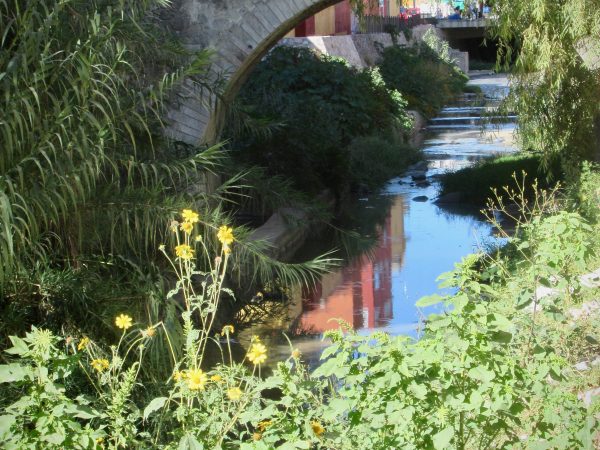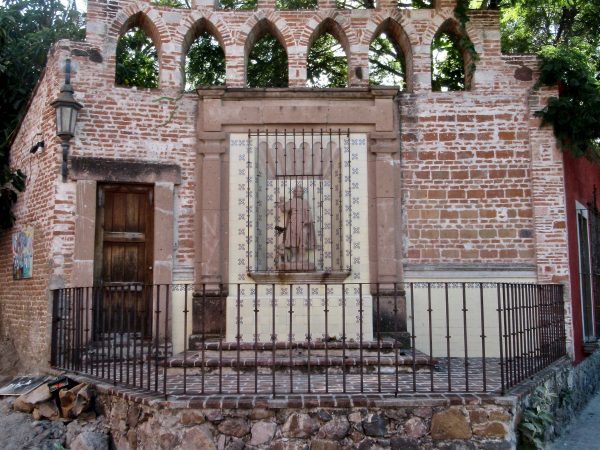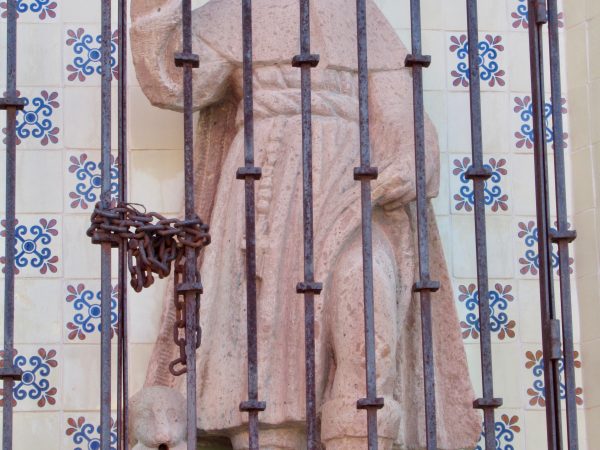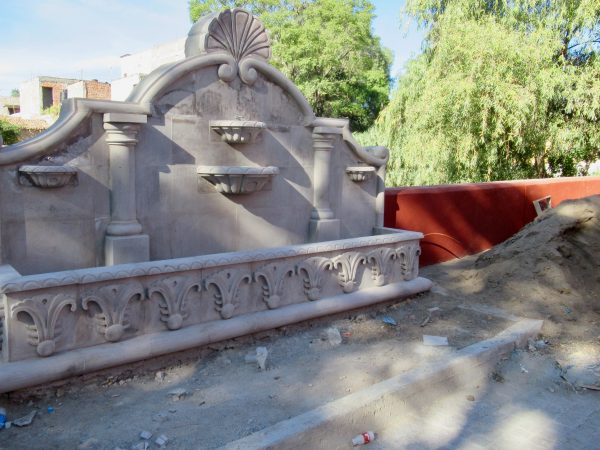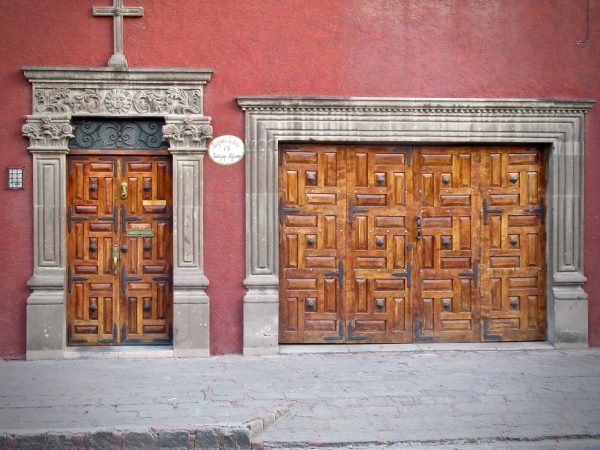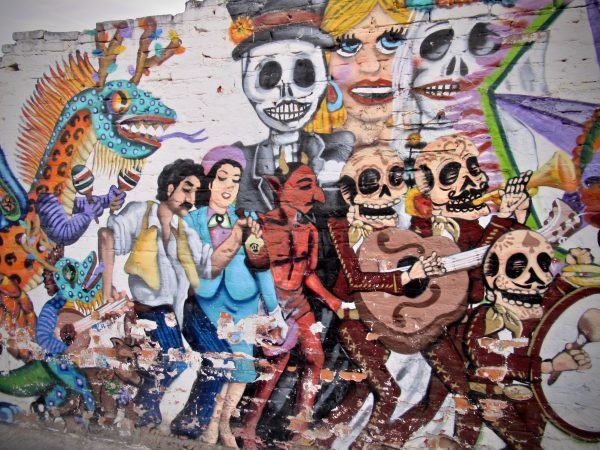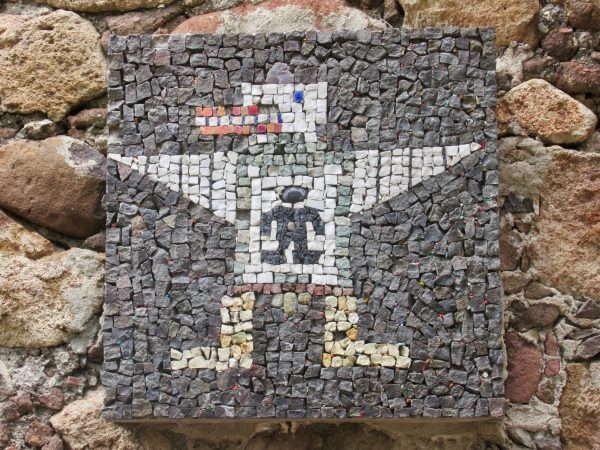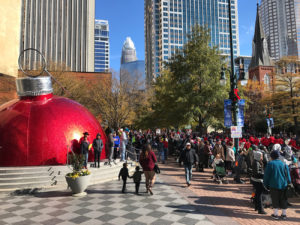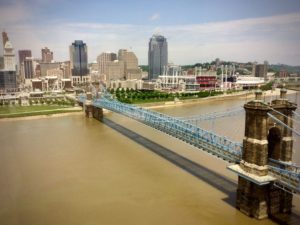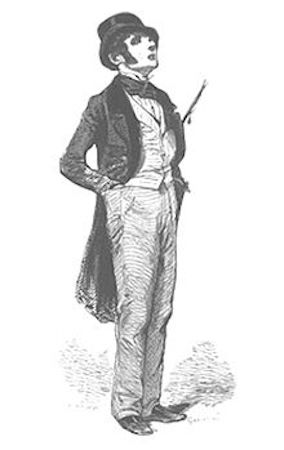
One of the most important words I learned in Rolf Potts’ travel writing as memoir workshop was “flâneur,” which is a French noun that means, roughly, “one who strolls” or, more appropriately, in my case, “one who lounges or loafs.”
The point of the flâneur is to wander. Drop all pretense. Lose your map. Turn off your phone. And just go. It’s a great way to explore any city, whether it’s new — as San Miguel de Allende is to me — or familiar, like Chicago or Cincinnati.
To help find my inner flâneur, Potts assigns an exercise in psychogeography and color mapping: Pick a color and follow where it leads. Use all your senses. Write about what you see. Start walking.
Now, obviously, Potts says, use your noggin and stay out of harm’s way. Don’t cross the street without looking both ways. Don’t pet stray dogs. Don’t ask cartel members for directions when you get lost.
My color was green. Specifically, a certain shade of electric lime green that is visible only to me. It helps to be specific, as the Mexican flag contains green. The taxis in San Miguel de Allende are green. Green is sort of everywhere.
AND SO IT BEGINS: THE WALK OF LE FLÂNEUR
I leave Hotel Posada de la Aldea, where the workshop is, and head across the street to Lava Deli laundry on Ancha de San Antonio. I have a dirty shirt to pick up. Doh! That’s not how you color track. I immediately request a do-over. I did, however, notice that the ladies at Lava Deli use little electric lime green Post-it Notes to write their receipts. That will be 80 pesos, please.
I turn right on Calle Nemesio Diez, past a lime green motorized three-wheeler with two extremely large white coolers on back. The containers were big enough for a couple of bodies, I suppose, since I’d been jaded by the recent Mexican drug cartel news. But beverages to resupply a nearby street vendor’s stand were more likely.
I proceed left down Callejon Suspiros to the cobblestone street where I reside, Calle Jesus. I see empty ceramic square pots decorated with flowers that look like piles of fruit. I pass La Casa del Diezmo bar and restaurant, which has the ubiquitous sign, “2 x 1 margaritas.”
Just assume that most everything I mention has drawn my attention because of electric lime green. That’s the exercise.
At the corner, I turn left down Calle Cuadrante. Up the hill is wealth and the Jardin square and main church, the Parroquia de San Miguel Arcangel — the center of town. I have never been down the hill.
I come to a multi-color mobile. San Miguel de Allende, a UNESCO World Heritage site, does not allow large signage, so establishments have resorted to using colorful ribbons over doors and windows to indicate places of business.
It’s quite lovely, actually. And it helps, as one of the great mysteries of Mexico is knowing what treasures lie behind all the massive walls and doors.
I enter Mixta and find an eclectic mix of women’s clothing, African art and three books from the “A Century of Photographs” series: People Fishing, People Knitting and People Kissing.
Outside, three beautiful 20-somethings, most likely from California and in town for a wedding, pose each other along the colorful walls that line both sides of the narrow street. No doubt the low cut, long dress and ample side boob will earn one a lot of Instagram “Likes,” but I’m not sure what activity she will influence.
I continue down the hill past the market, garden terrace and the sign for Tupi, featuring DJ Telegraph and “2 x 1 mojitos and margaritas” — the offer has improved!
The street name has changed from Calle Quadrante to Calle Pila Seca, which is another reason to pay attention. I go past the Villa Mirasol Hotel, with it’s cute, painted flower logo.
In the next window is a small handwritten sign offering drone services: one hour for 1,000 pesos (P$19 = US$1); two hours for 1,800 pesos; 700 pesos for each additional hour; 300 pesos for 20-minute increments. Not everything here is from 1542.
A woman in an electric lime green sundress comes out of a door, trailed by her two young daughters — and now me. They are about a block ahead, at the bottom of the hill, and turning right on to Prolongacion Pila Seca.
I turn — and they are gone! Vanished. Probably at a full sprint down some alley, wondering why they were being stalked by some gringo.
“I’m conducting a psychogeographic experiment, color mapping electric lime green,” I would explain, should they have asked.
I walk past a an image of the cornucopia — the overflowing horn of abundance — outside a closed Huerta la Esperanza fruit and vegetable market. There’s an empty Jell-O container on the doorstep.
Small business lives in San Miguel de Allende: a legal and accounting office; a carpet store; a day care center, with music spilling out an open door. I peek inside, and see more than a dozen child-size backpacks spread out like a rainbow on the floor,
The street ends at a three way intersection and I am officially lost. There is a pretty stone arched bridge to the right, some sort of alter with what looks like a religious figure behind bars to the left and a fountain directly ahead.
I go to the fountain, which is brand new and waterless. I peer over a cement wall to what’s left of the Arroyo de los Cachinches river, picturesque at the botanical gardens but a rancid trickle here. It smells of raw sewage. Among the garbage is a straw hat, a large plastic bucket and at least a dozen empty cement bags.
What’s up with all those empty cement bags? The answer becomes clear as I realize that not only is this fountain new, so is the wall, the sidewalk, the street and a second fountain not too far away. It’s the beginnings of a (stinky) riverwalk.
“Hey!” I want to shout to the workers laying the street foundation. “You maybe shouldn’t throw all your construction materials into that stream.”
But then I would have to explain that I was on a psychogeographic journey. Following electric lime green. Under the strict orders of Rolf Potts. He wrote “Vagabonding.” And so on.
So instead, I turned my focus to the religious figure behind bars. It looks like a priest with one arm. And there’s a dog at his side with what looks like a frisbee in its mouth. The tribute stands on the corner outside an impressive, block-long walled compound.
In horrible Spanish, I ask a passing schoolboy. He has no idea what I’m asking.
I see two men working in a garage. I walk over and ask the more important looking one (in the clean red Polo shirt versus the dirty white t-shirt) if he lives around here. And, if so, can he tell me who lives behind the wall. And why the man-with-dog statue?
Although there is not a spec of electric lime green in sight, my curiosity has taken over. I suspect this is a side effect of psychogeography.
The man comes out of the garage. His name is Javier. He is working on his own home, one of three consecutive properties on this street that were inherited from his parents. Javier’s family lives in the middle home, with a brother on either side.
The man who owns the huge compound across the street is “El Albañil,” a master stone mason. He did the specialized work on the nearby bridge.
Javier continues. The statue is San Roque (“Saint Roch,” in English), who according to Wikipedia is the patron saint of dogs, falsely accused people and, thankfully, bachelors. San Roque’s superpower was giving hope to Bubonic plague-ridden Christians, and he is often depicted with a wound on his leg.
As for the dog, the story goes something like this: San Roque contracts the disease, the “Black Death,” as it was called. He goes into isolation in the forest, so he doesn’t spread his illness to others. While in the forest, a dog brings him bread every day. The dog licks the wounds until San Roque is healed. Blah, blah, blah — it’s a miracle! San Roque and his dog die together in prison. Sainthood follows. The dog is his emblem. End of story.
I told Javier about my neighborhood walk. And I point down the street, “What’s down there?”
Javier politely suggests that I don’t head in that direction, as I would come upon unsavory characters or, in his words, “People you don’t really want to meet.”
Message clearly received, I turn in the other direction and walk to the bridge and over the stream. I’m now on the main drag, Calzada de la Estacion, which is bustling with activity as the locals make their way home from school or work.
It’s also 630 pm, and I’m more than three hours into this flâneur. As much as I’ve enjoyed the directionless wander, I’m tired. There’s only one thing left to do, which probably breaks every rule of psychogeography. Rolf Potts must never know.
“TAXI!”

